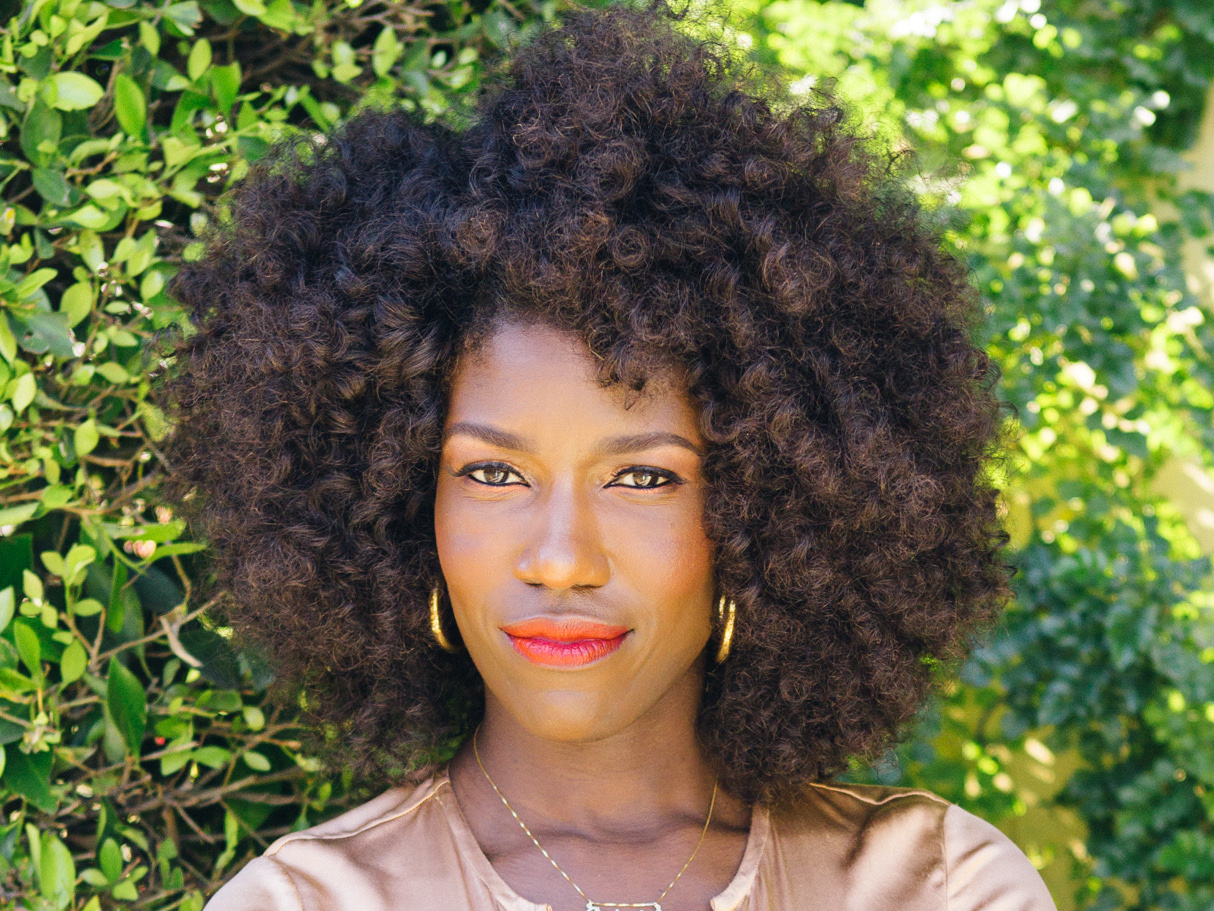- Speaking at South by Southwest, Uber brand chief Bozoma Saint John said her affinity with the company developed almost like a romance.
- She said she wanted to take on the challenge of turning the dented brand around because she wanted to be part of the solution on issues of women’s empowerment and diversity.
- She revealed she’s been driving for Uber Pool herself to better understand the perspectives of both drivers and consumers.
After the year that Uber had in 2017 – with the Fowler uproar, the Waymo lawsuit, and former CEO Travis Kalanick’s unceremonious departure – anyone would have thought twice about taking up the job of turning the dented brand around. Not Bozoma Saint John.
Speaking at South by Southwest, in Austin, Texas, the former Apple Music exec said that her affinity with the company developed almost like a romance.
“At the end of the day it was really about being driven by my spirit, gut, or intuition and a little bit of falling in love,” Saint John said. “It’s like that feeling when you can’t stop thinking about something, you know, and you’re like, I’ve got to go pursue that thing.”
The fact that Uber was perhaps at its lowest point made her want to take on the challenge, she said. Plus, she wanted to be a part of the solution as far as issues of women’s empowerment and diversity are concerned.
"I was just open to this idea - what was happening to the brand, what was happening culturally, what was happening in our larger society - and how I could actually help to move the conversation forward," she said. "This is a critical moment, we are cracking it open, and I intend to step right in there and bust it wide open."
A big way that Saint John has been trying to turn the brand around is by honing in on the human connection and communicating it effectively.
Uber's car rides, for instance, enable thousands of interactions daily, and the brand wants to share those stories. It also wants to humanize how it is approaching innovation, such as how its products are changing cities and people's lives. It has also made its drivers an increasing priority, such as with the 180 Days of Change initiative.
"We can use technology to better our lives and society, but we also need to connect to people - it's very important that we're using this moment in time to understand what our humanity is," she said. "Everyone is going to be skeptical if they don't know what is happening. So it is about transparency at the end of the day."
In fact, to get a finger on the pulse of consumers and drivers, she made the revelation that she's been driving for Uber Pool herself.
"I like to get out and understand what's going on the road too," she said. "The adage is true: Walk a mile in my shoes - or drive a mile in my car. There is nothing quite like sitting in the seat yourself."
Almost a year since Uber's very public meltdown, things are in a better place as far as the morale of the company is concerned, said Saint John.
"When I first walked into Uber, it was very difficult, because people were unsure about what was going to happen - there was a real sense of powerlessness," she said. "And now, there's a feeling of hopefulness where people feel empowered to create the story that they want to create in the world. Culturally, it's a much more hopeful environment."

